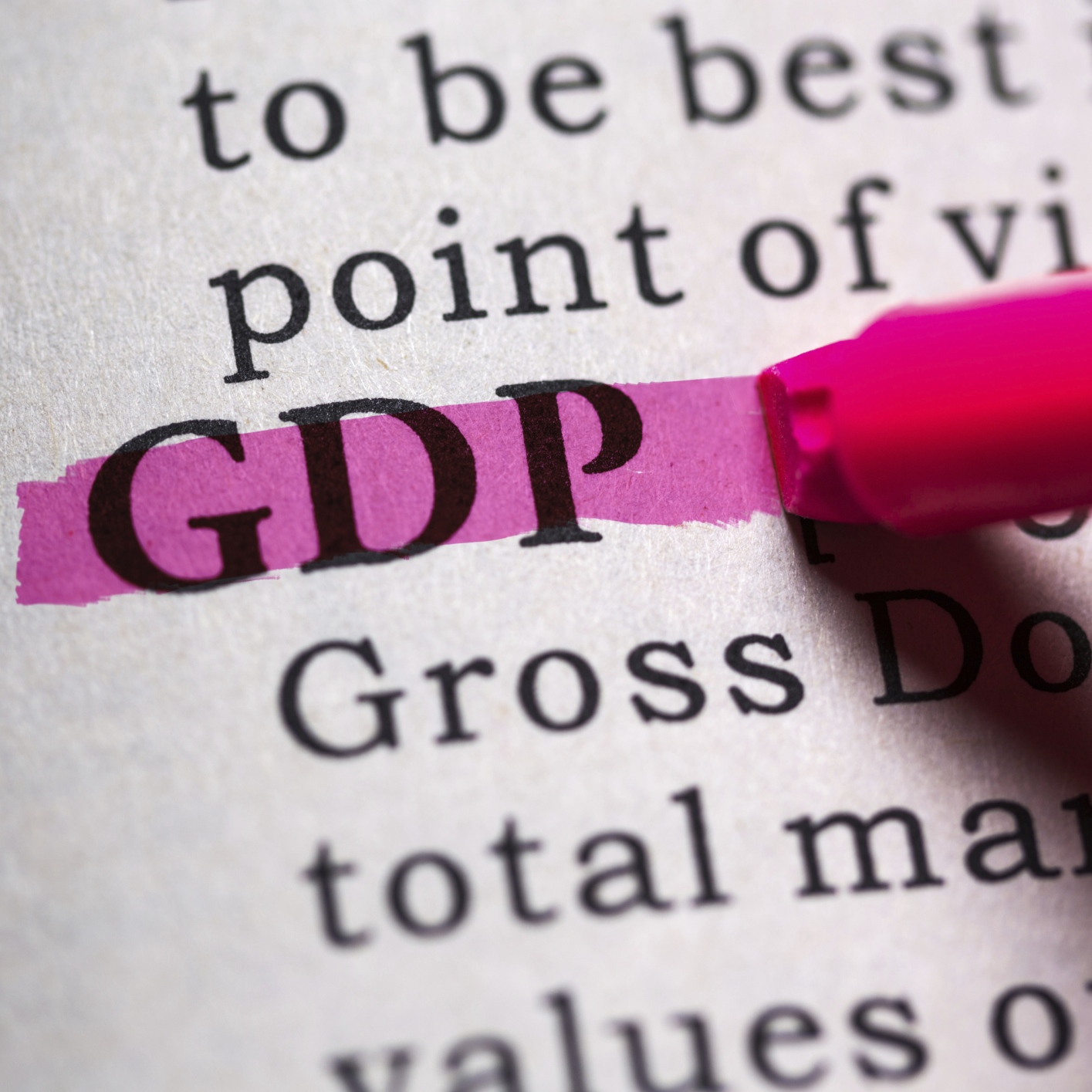If you were among the minority group of investors expecting a rate hike from the Federal Reserve on Wednesday, Thursday’s initial report on gross domestic product (GDP) for the third quarter may identify why Janet Yellen has only one voting member calling for a rate hike now. Source: Thinkstock
Source: Thinkstock
The Bureau of Economic Analysis (BEA) released its view on third-quarter GDP, showing that real gross domestic product, adjusted for price changes, rose by a seasonally adjusted rate of 1.5%. Bloomberg had its consensus estimate at 1.7%, and Dow Jones (via the Wall Street Journal) had its consensus estimate at 1.5%. In the second quarter, real GDP increased by 3.9%.
The so-called deflator, the GDP price index, was up by 1.2% in the third quarter. Bloomberg called for a 1.4% gain, and this compares to a reading of 2.1% in the second quarter of this year. Again, the Fed wants to see inflation get back up to 2.0% to 2.5%.
The current-dollar GDP increased 2.7%, or $121.1 billion, in the third quarter to $18.0348 trillion. In the second quarter, current-dollar GDP rose by 6.1%, or $264.4 billion.
The BEA signaled that the third quarter’s small gain in real GDP primarily reflected positive contributions from personal consumption expenditures, state and local government spending, non-residential fixed investment, exports and residential fixed investment. The number was offset, or dragged down, by negative contributions from private inventory investment. Imports, which are a subtraction in the calculation of GDP, also increased.
Thursday’s BEA release was based on source data that are considered incomplete or subject to further revision, and there will be two more adjustments made in 30 days and 60 days for the revisions before a final GDP is declared. The next revision will be November 24.
ALSO READ: The 10 Most Profitable Companies in the World
ALERT: Take This Retirement Quiz Now (Sponsored)
Take the quiz below to get matched with a financial advisor today.
Each advisor has been vetted by SmartAsset and is held to a fiduciary standard to act in your best interests.
Here’s how it works:
1. Answer SmartAsset advisor match quiz
2. Review your pre-screened matches at your leisure. Check out the advisors’ profiles.
3. Speak with advisors at no cost to you. Have an introductory call on the phone or introduction in person and choose whom to work with in the future
Take the retirement quiz right here.
Thank you for reading! Have some feedback for us?
Contact the 24/7 Wall St. editorial team.



